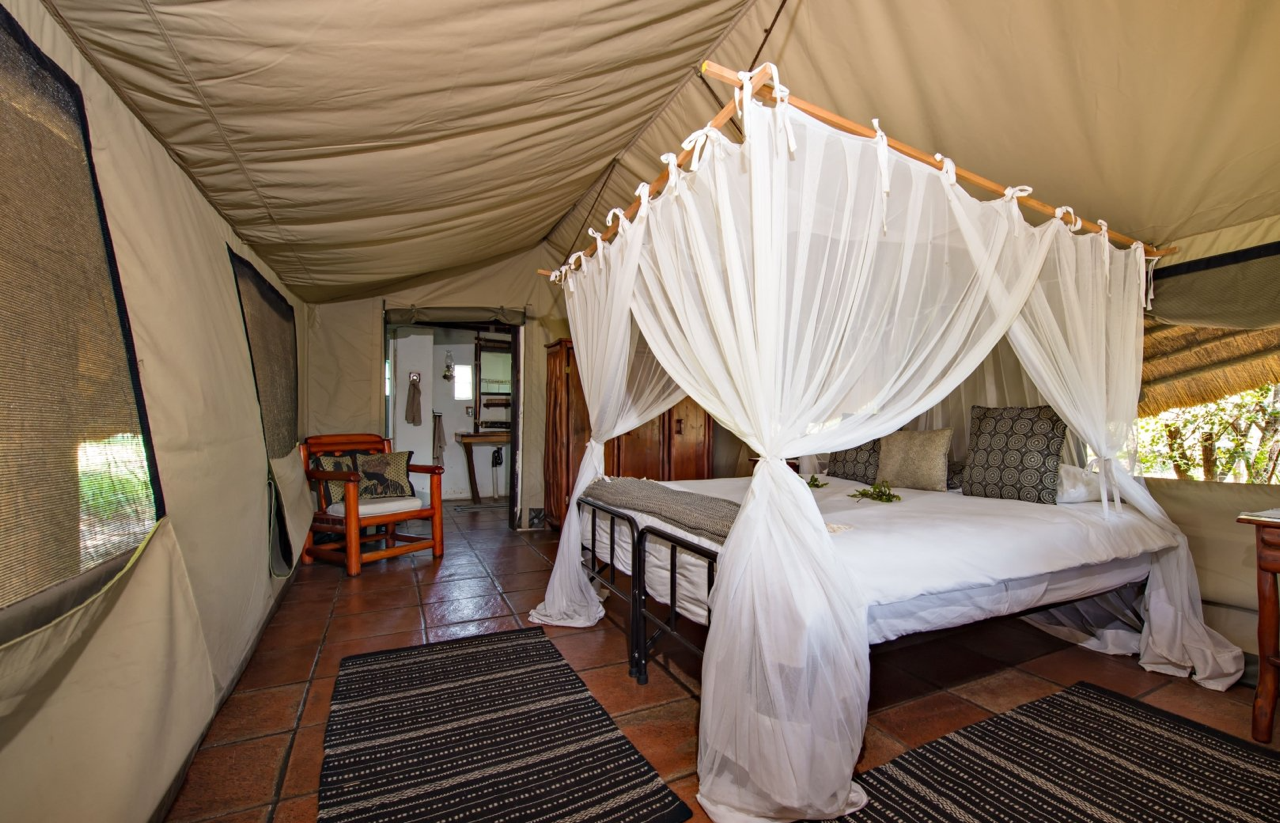
Meet the Manyeleti's clean-up crew...
Spotted hyenas are one of Africa's most successful carnivores
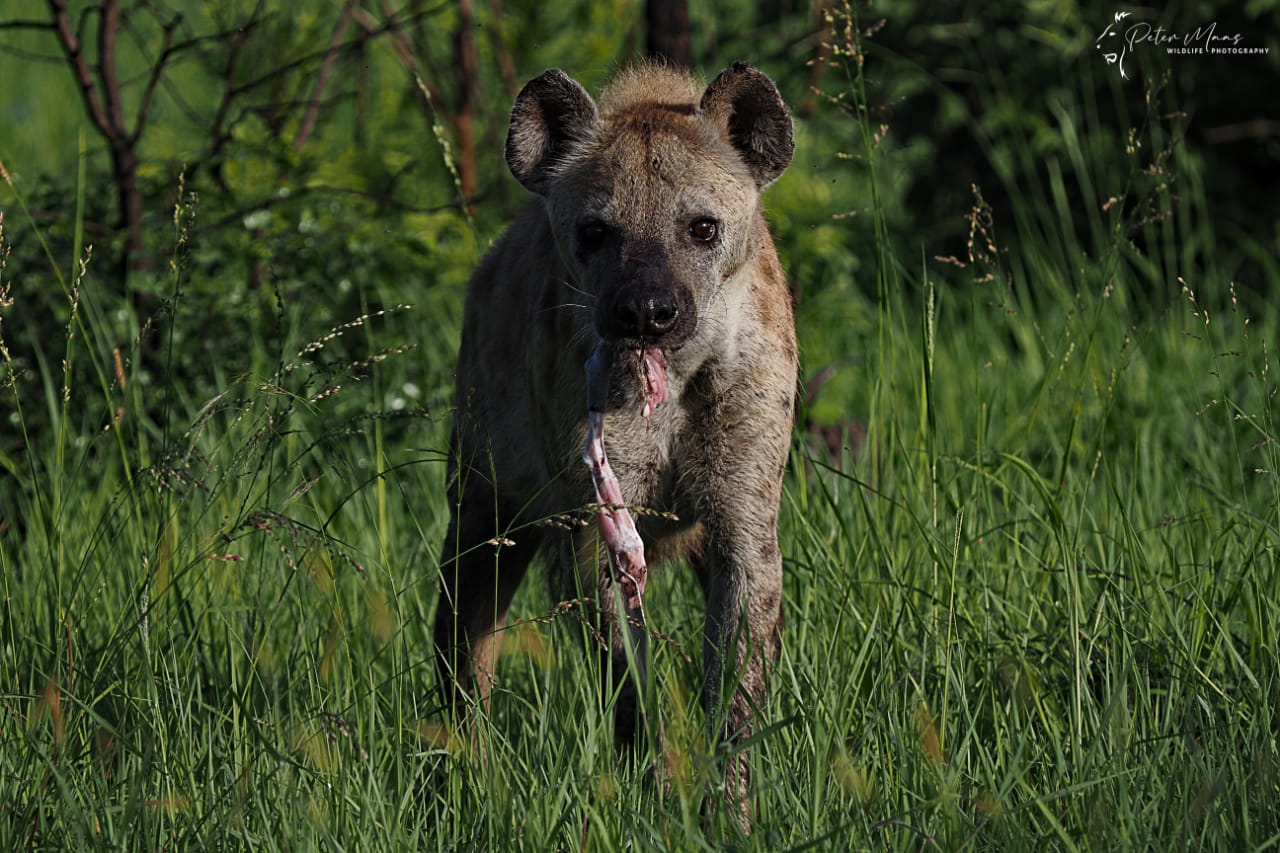
When it comes to the bad guys of the bush, the spotted hyena is the invariably cast in the leading role. Invariably portrayed as a cowardly, sneaky and downright untrustworthy scavenger (think Shenzi in Disney's "The Lion King") it has developed an entirely undeserved reputation, based largely on its odd looks and feeding habits!
The poor spotted hyena has even been lumped into the "Ugly Five" - a loose grouping of Africa's five most unsavoury looking animals, alongside the marabou stork, warthog, blue wildebeest and vulture!
The truth is about as far removed from the myths of popular culture as it's possible to get...
Disposal expert
The hyena is a critical component of the African wilderness and performs one of the most important jobs in any eco-system - cleaning up after other predators. With its powerful jaws (it has a bite force of around 1,100psi - more than a lion) it's able to crush the bones of large mammals like giraffe with ease and tear through tough skin and hide. Its rugged digestive tract allows it to obtain nutrients from the parts no other carnivore can handle, like skin and bone.
This ability to dispose efficiently of carcasses helps to prevent disease and genuinely keeps the wilderness clean and tidy. It works for humans too... In the ancient walled city of Harrar in Ethiopia, hyenas are revered and for thousands of years have been encouraged to patrol the streets of the city at night, removing refuse and offal from butcheries. Special hyena portals were built into the city walls to allow them unlimited access and to this day man and hyena live in a peaceful, symbiotic relationship. The city stays clean and disease free and the hyenas have a permanent source of food.
Clever hunter
While it does have a penchant for stealing kills from lion, leopard and cheetah (and does so frequently), the spotted hyena is a successful hunter in its own right and hyenas kill between 60% and 90% of what they eat themselves. They run their prey down and are able to cruise easily at speeds up 60km per hour for huge distances and are capable of bringing down huge buffalo and giraffe! Studies have also found that lions are more likely to steal from hyenas more than hyenas from lions, thanks to the hyena's greater success rate as a hunter!
Their success as hunters is down to their intelligence. Hyena's are canny, perceptive and exceptionally clever. With their complex social structure and social behaviours, their brains have developed specifically for collective problem solving. They are curious and inquisitive and will spend time observing their prey and surroundings, strategising.
Girl power!
Hyena clans are presided over by a matriarch, a single dominant female - an unusual structure for large carnivores. They are extraordinarily complex groups featuring strategic friendships and political alliances and can number up to 100 individuals in some cases. However, clans are rarely together all at once and tend to spend their days either alone or in smaller groups, meeting up only occasionally with the entire clan.
Clans are mostly made up of related females, their pups and immigrant males. It's often hard to identify the males though because the females have pseudopenises and pseudoscrotums. Females urinate, copulate and give birth through their pseudopenis which is actually a clitoris that has evolved to mimic male sexual organs.
Hyenas are great mothers, too. They give birth to one to three pups (early naturalists called them cubs are they thought they resembled baby bears) who are jet black when born. They're born with their eyes open, teeth ready for action and muscles ready to go.
The voice
Spotted hyenas are also known as laughing hyenas because of the laughing, giggling sound they make when anxious. They possess a wide range of vocalisations from the distinctive and haunting whoop that you usually hear at night to low whines, grunts and groans.
Groans are usually part of a greeting ceremony when wandering hyenas meet up or around a den which they use when they have small cubs. Grunts are a threatening sound made to warn off unwelcome visitors or miscreant clan members.
Whoops are used to gather the troops when hunting or to signal a fight between clans but can just as easily be used for no apparent reason - just a hyena vocalising because it can!
Conservation
As with all our predators here on the Manyeleti, we constantly monitor our hyena population. Indeed, we were involved in helping to save a hyena from a nasty snare wound recently.
"Our game vehicles had spotted a hyena with a snare wound and possible snare still inside it on one of our game drives, so we arranged for a vet and the setting up of what's known as a 'call-up' station," explain Pungwe managers Wesley Hill and Tracie Walker.
"A call-up station is where a piece of fresh bait it hung in a tree to attract hyenas into the area so that wildlife officers can search for a snared animal." The call-up attracted a female hyena with a nasty wound on her neck and she was darted so that vets could intervene. No snare was found in the wound, which was treated by the vet before the hyena was revived and sent on her way and hopefully a full recovery.
While the hyena was anaesthetised, hair and tick samples were taken for research purposes and Wesley and Tracie got the chance to take some great photos which you can see below.
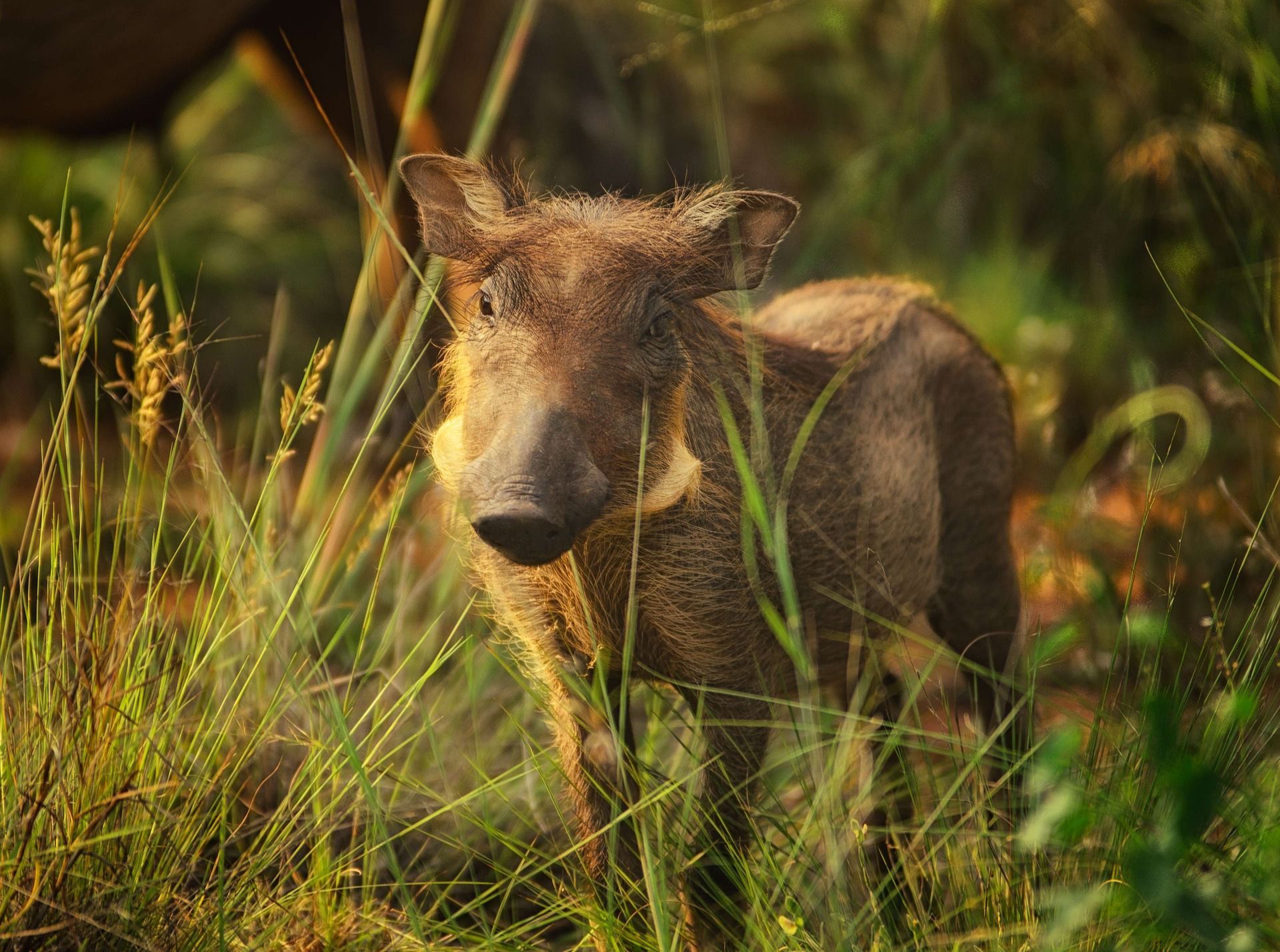
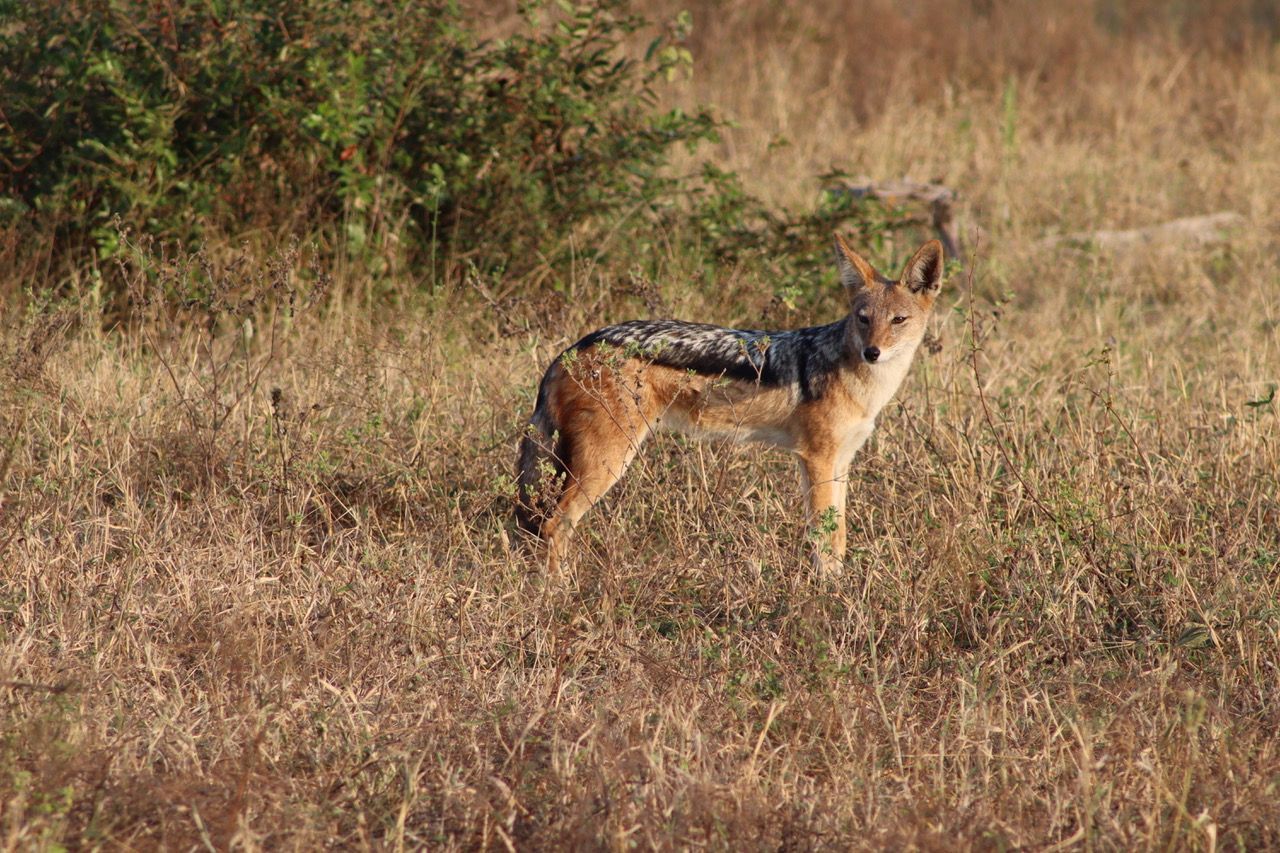
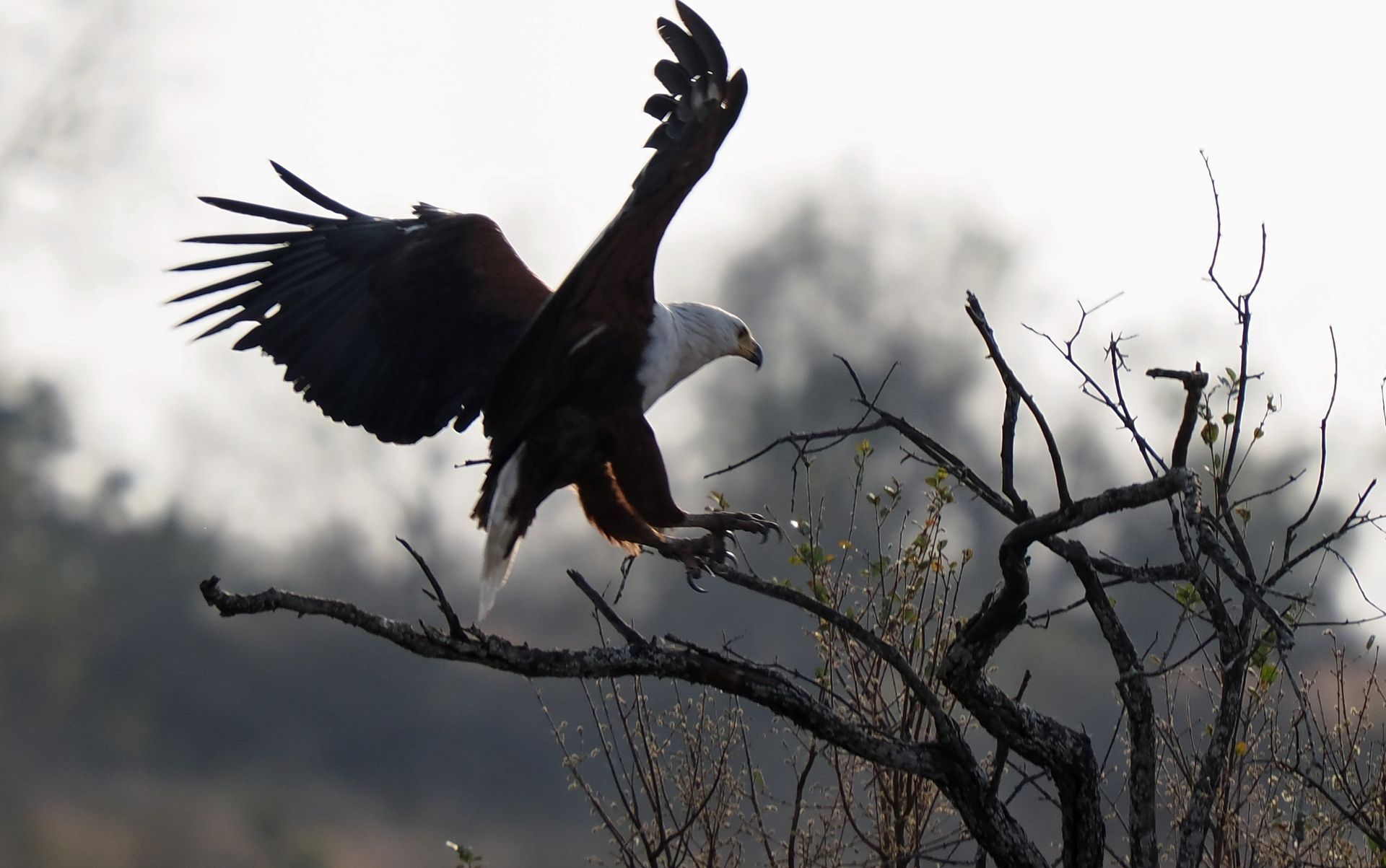
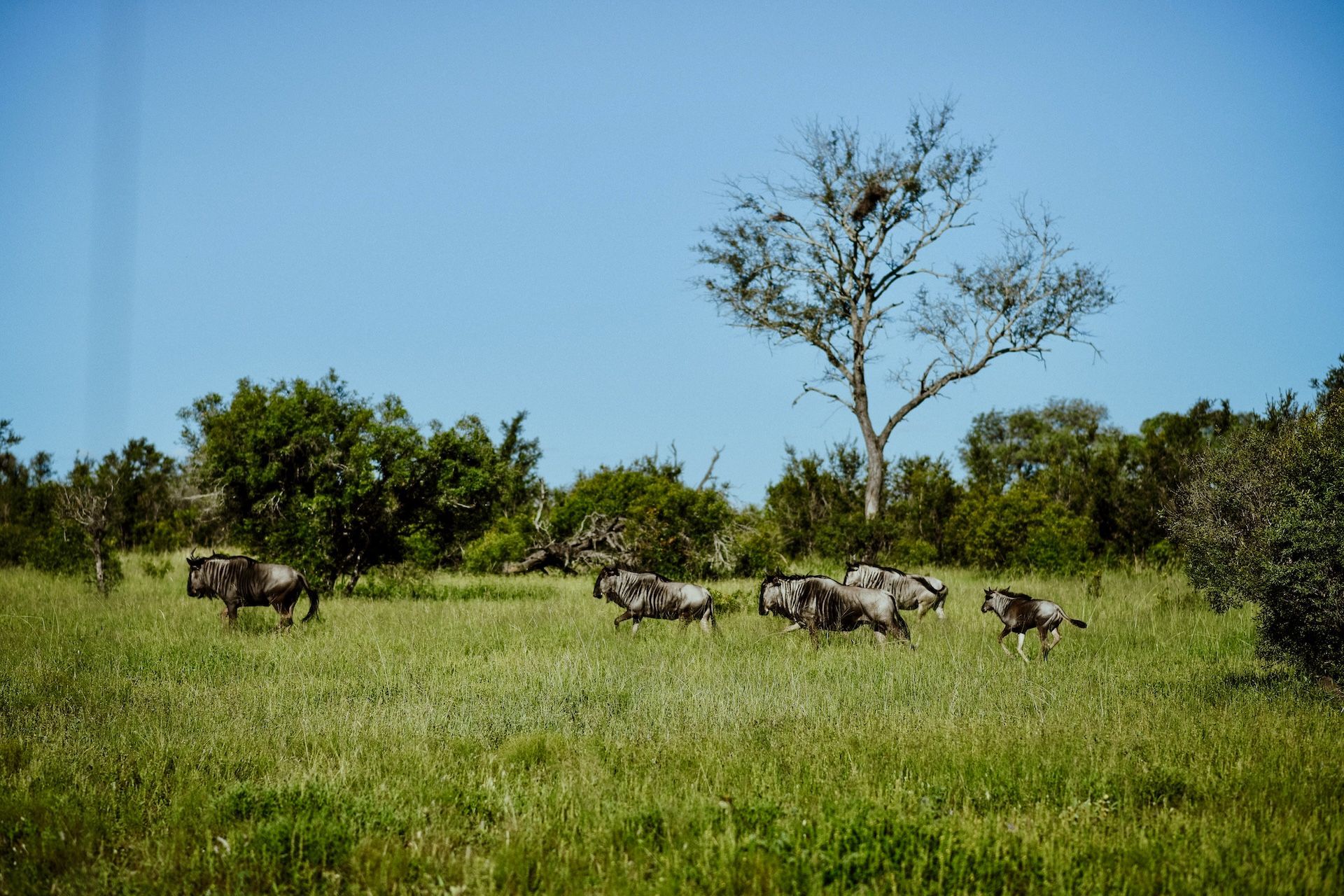
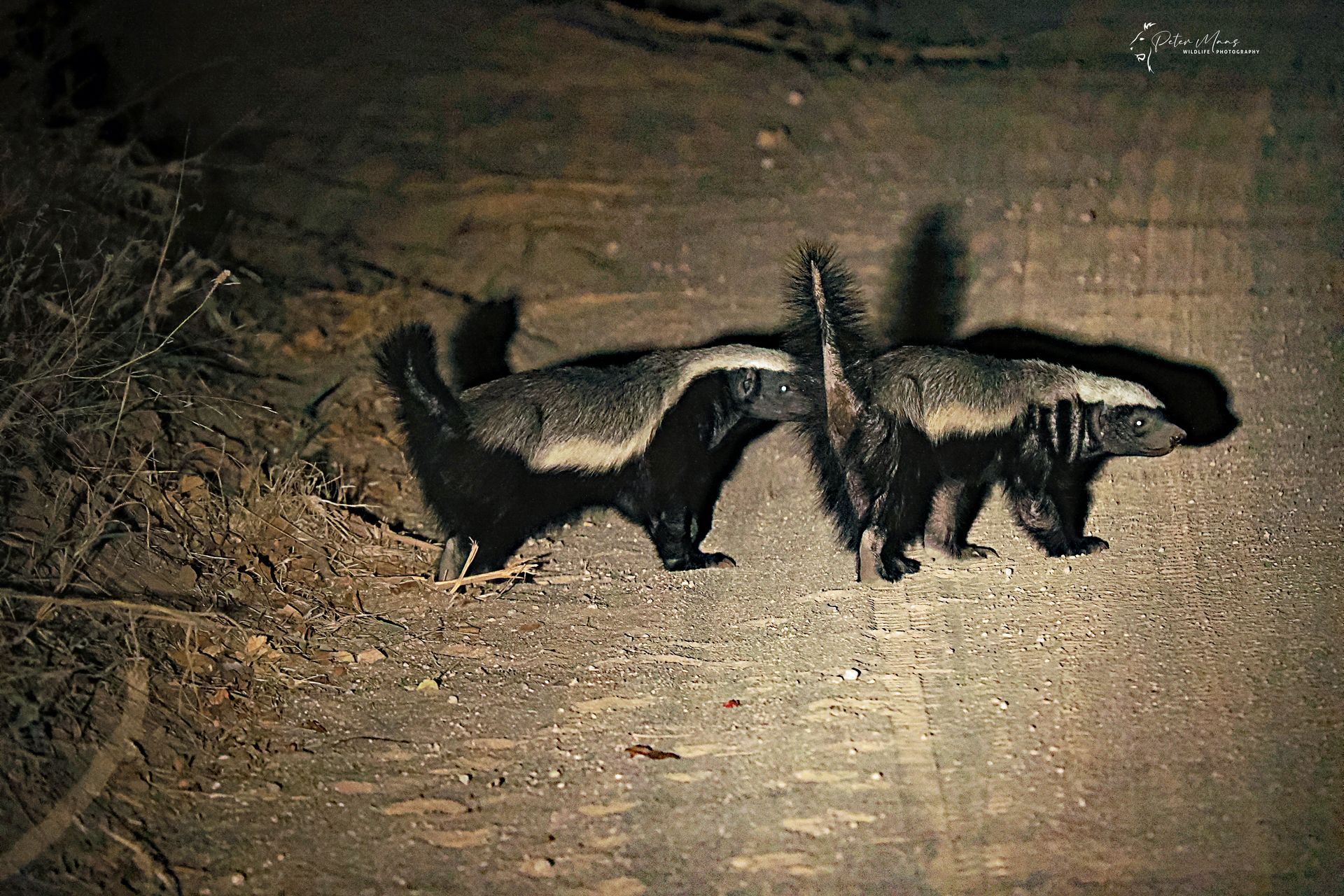
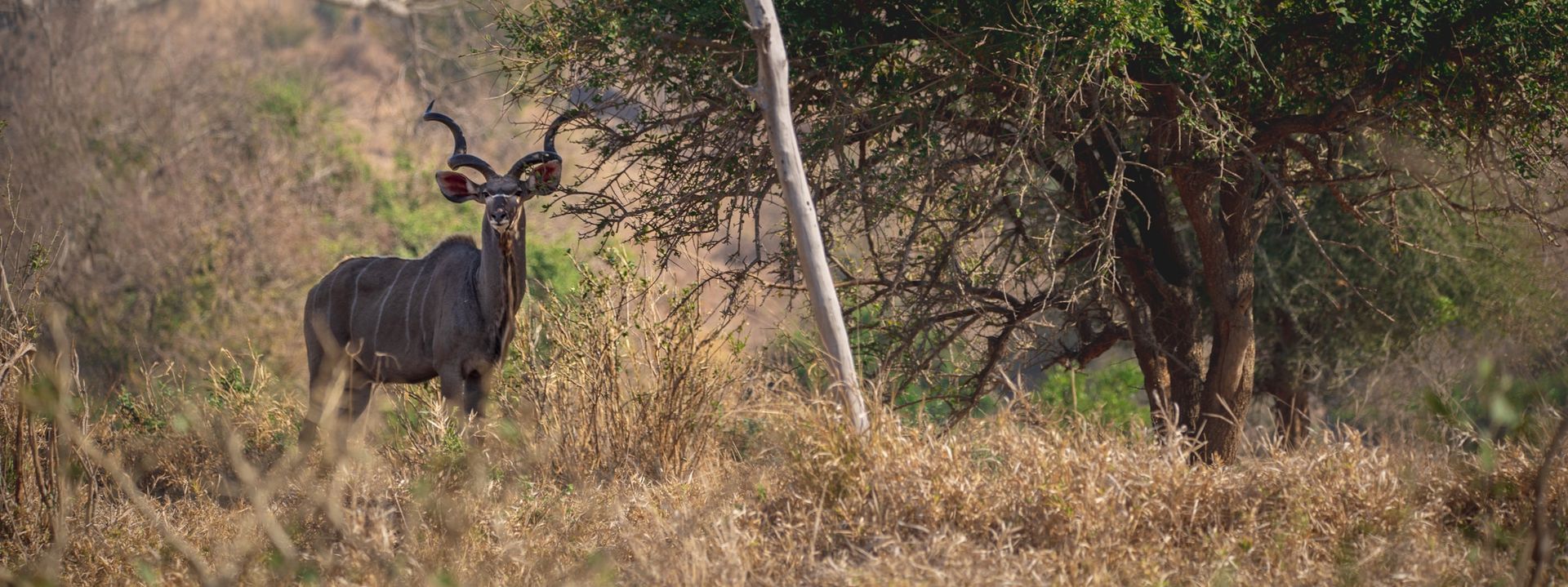
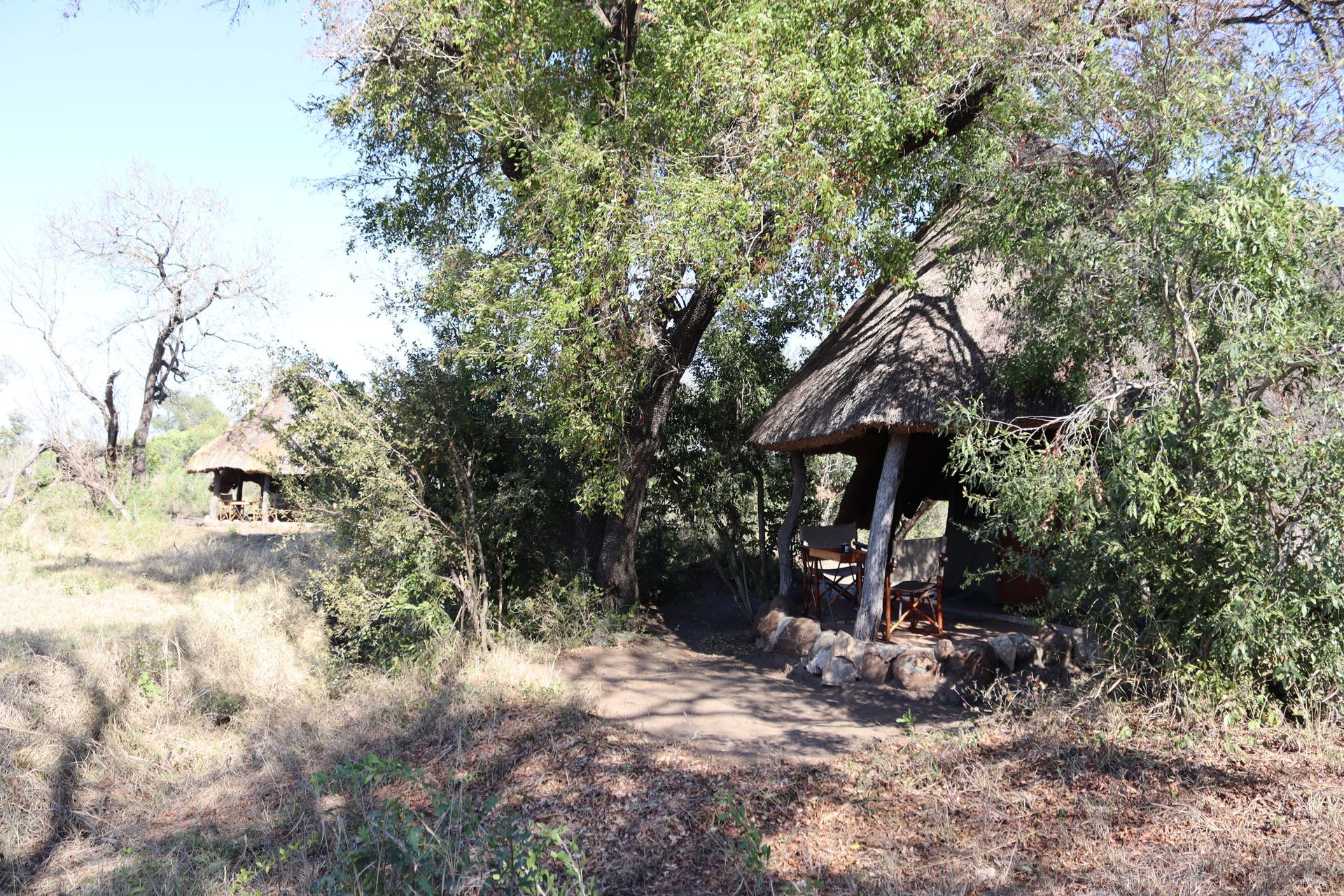
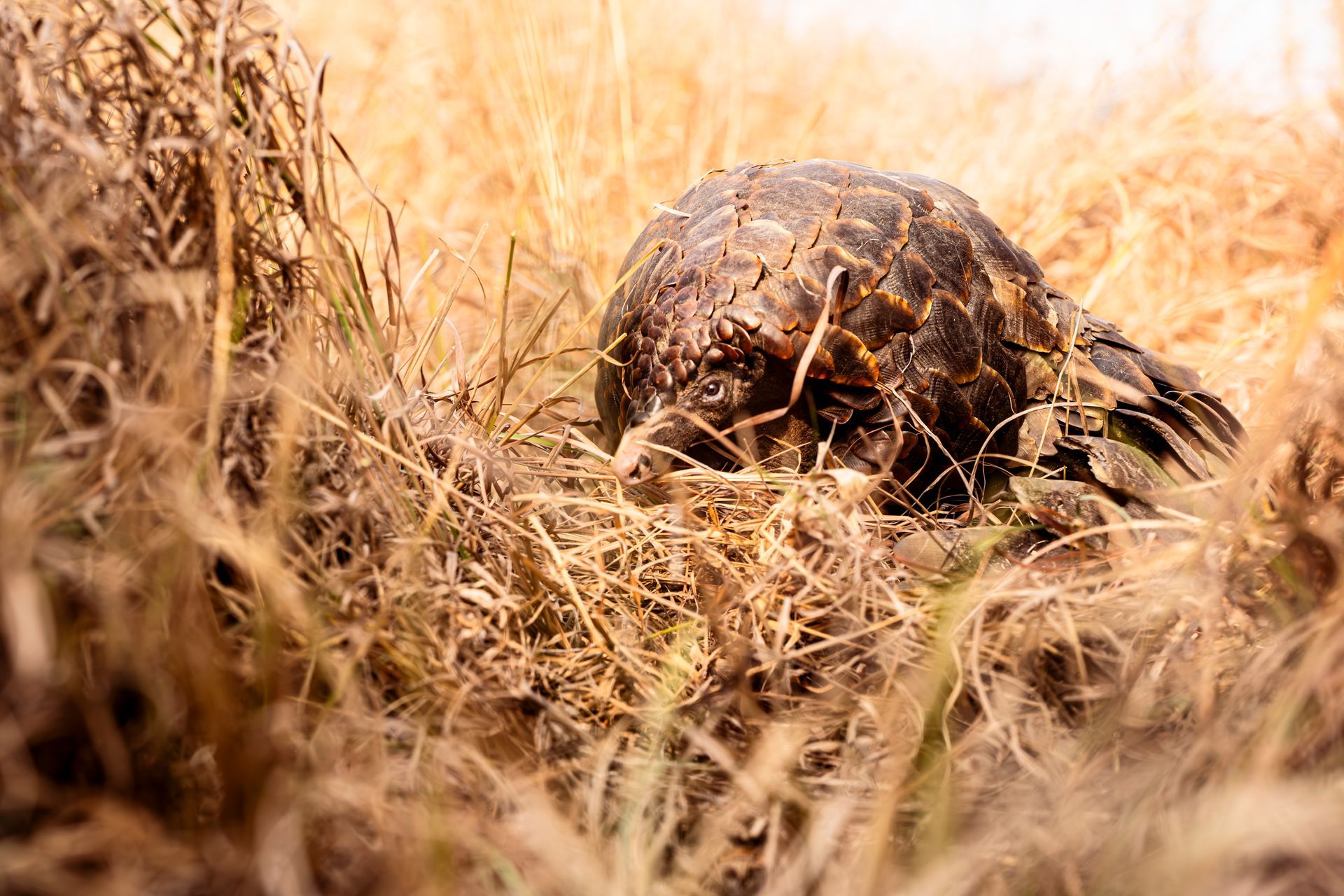
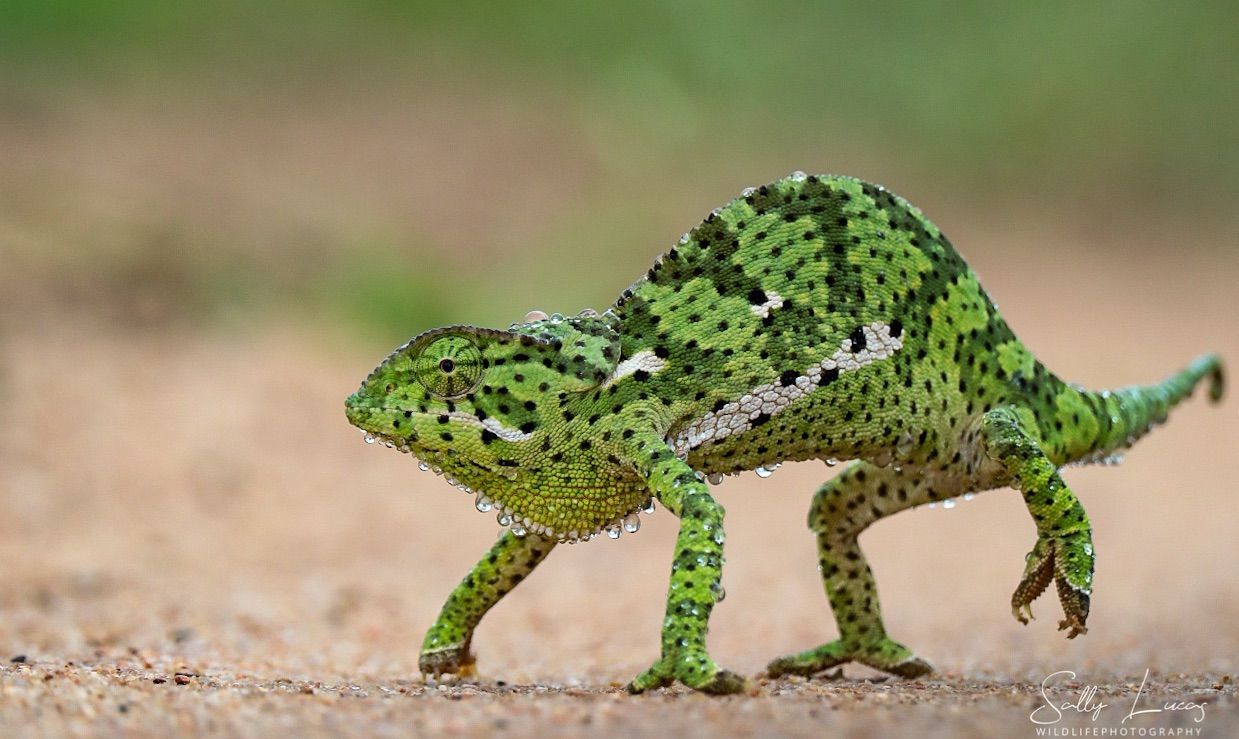
Pungwe Safari Camp
Manyeleti Game Reserve
Mpumalanga
South Africa
Tel: +27 82 853 9533
Email: info@pungwe.co.za
MENU
STAY CONNECTED
Join our Newsletter and find out more
Contact Us
We will get back to you as soon as possible
Please try again later
All images on this website have been taken at Pungwe by guests or staff
All Rights Reserved | Ingweleti Investments (Pty) Ltd T/A Pungwe Safari Camp





